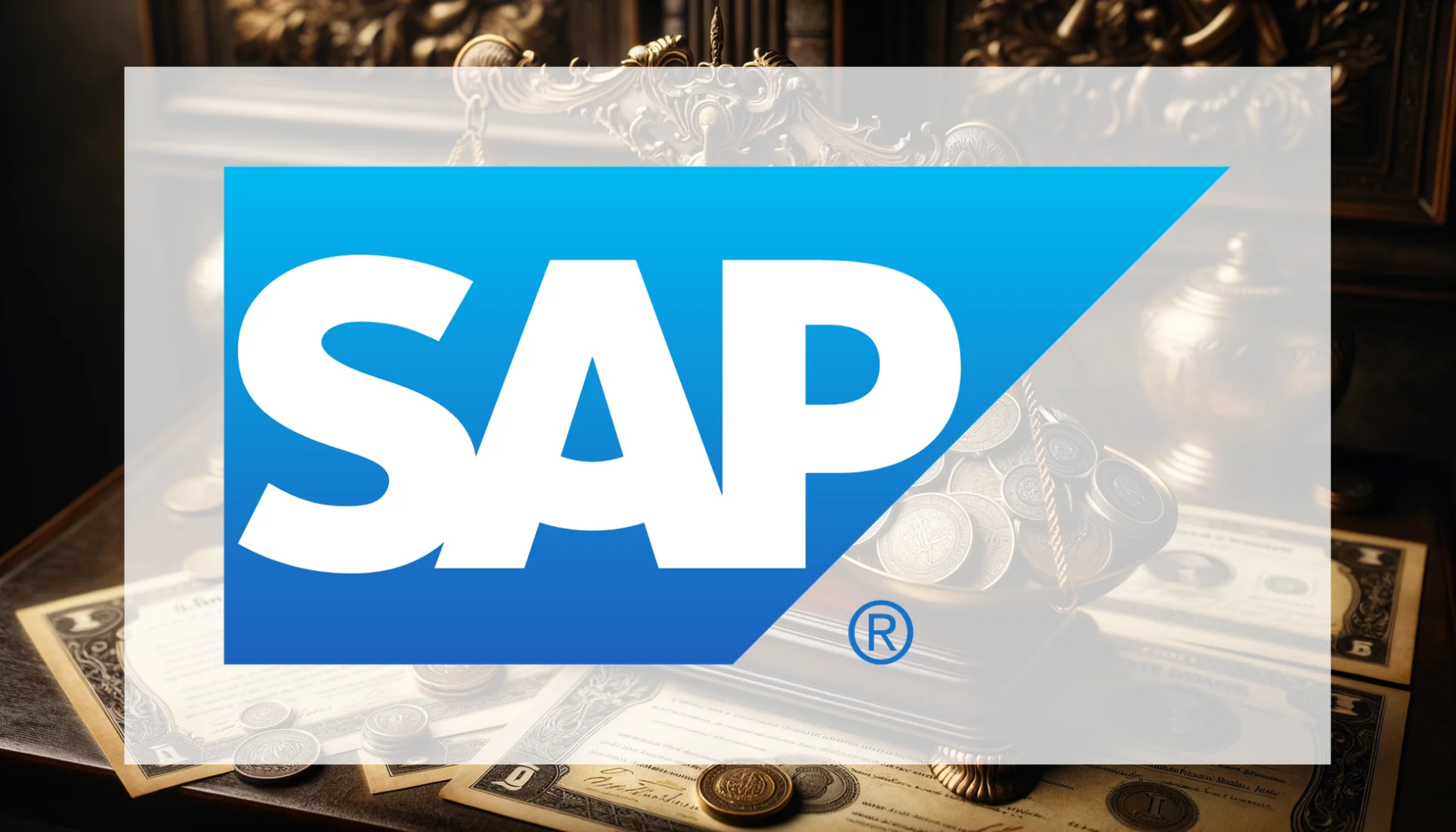The much-anticipated “Awe Dropping” event from Apple failed to deliver the magical surprise that investors had hoped for, instead triggering a classic market reaction where shares declined following the news. The technology giant presented a series of evolutionary product enhancements that fell short of the revolutionary breakthroughs the market was expecting.
Market Reaction and Analyst Divergence
Investor disappointment was immediately visible in Apple’s stock performance. The equity experienced a noticeable drop in value right after the event and continued its downward trajectory throughout the following trading session. Market experts point to the newly unveiled iPhone 17 Air and accompanying device updates as the core reason for the negative sentiment. While these products delivered expected improvements, they lacked any transformative features that would redefine the market. The company’s incremental approach to artificial intelligence development proved particularly disappointing, especially since many details had already leaked beforehand.
This reaction was somewhat predictable given the stock’s significant appreciation in the lead-up to the event, virtually guaranteeing a sell-off if the announcements didn’t exceed expectations. Without any genuine surprises, shareholders found little justification to maintain their optimistic positions.
Interestingly, numerous research analysts maintained their positive outlook despite the market’s negative verdict. Evercore ISI actually raised its price target to $260, citing Apple’s long-term AI potential and the enduring strength of its ecosystem. The consensus among analysts still suggests approximately 11% upside potential from current levels.
Should investors sell immediately? Or is it worth buying Apple?
However, this optimism isn’t universally shared. MoffettNathanson has adopted a more cautious stance, arguing that the current valuation—trading at 30 times next year’s earnings—appears excessive for a company with what they characterize as “solid but not exceptional” growth prospects.
Mounting Challenges and Future Tests
Apple confronts several significant challenges in the coming months. Estimated tariff impacts of $1.1 billion this quarter, combined with rising component costs, are putting substantial pressure on profit margins. Simultaneously, the company must demonstrate its ability to compete in the intensifying artificial intelligence race where competitors are making massive investments.
The next critical milestone will be the Q4 earnings report, which will reveal whether the new products can deliver on the growth projections put forward by Goldman Sachs—specifically 5% growth in 2025 followed by 7% in 2026. This report will serve as a crucial indicator of whether Apple can maintain its innovation leadership or has finally lost its competitive edge.
Ad
Apple Stock: Buy or Sell?! New Apple Analysis from October 27 delivers the answer:
The latest Apple figures speak for themselves: Urgent action needed for Apple investors. Is it worth buying or should you sell? Find out what to do now in the current free analysis from October 27.
Apple: Buy or sell? Read more here...










